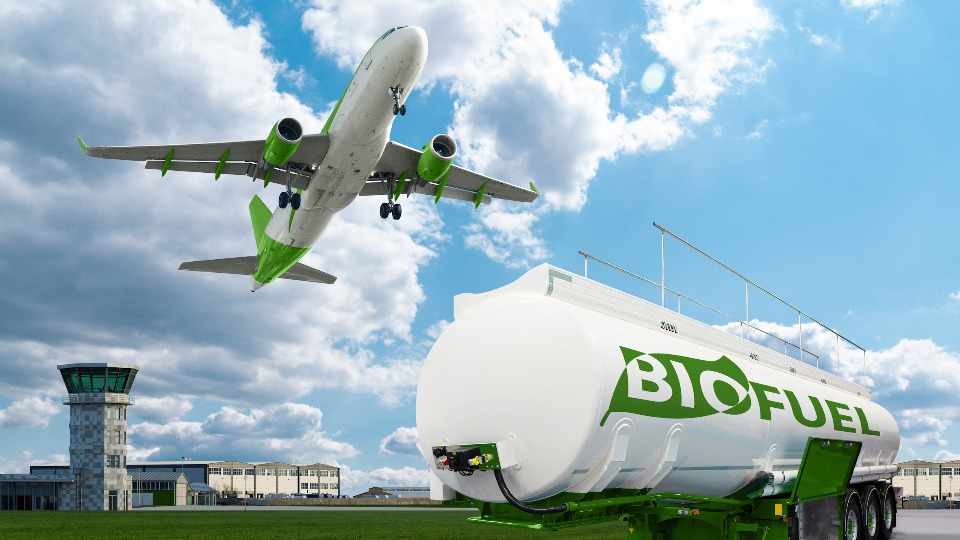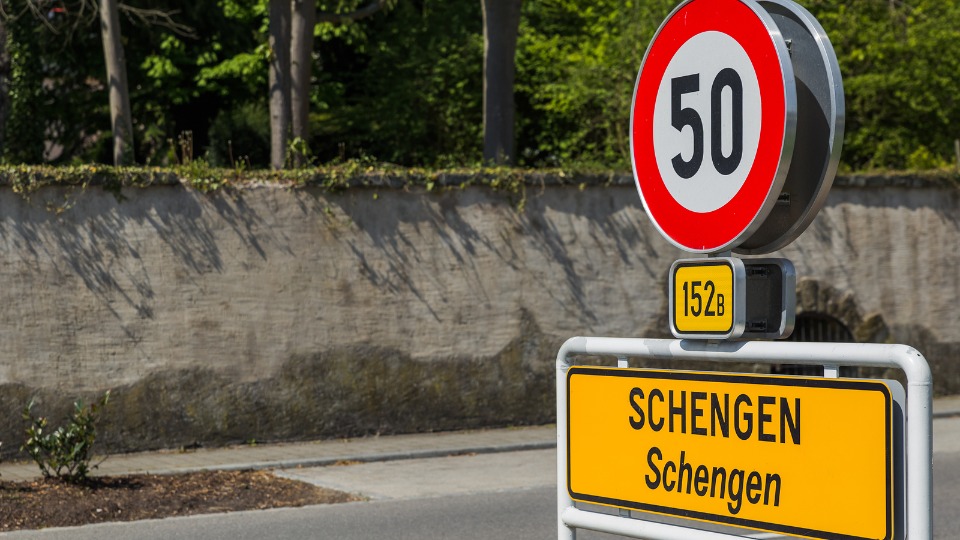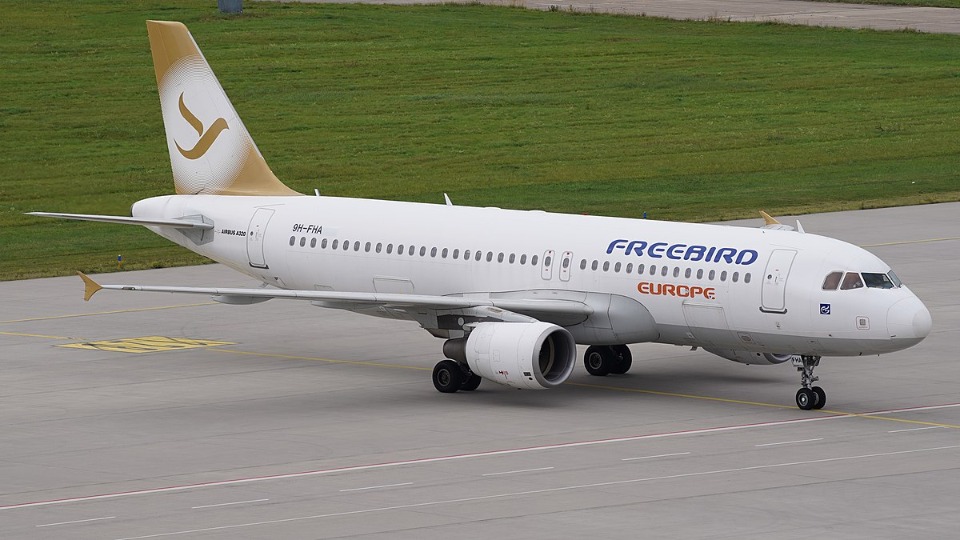

1 year ago

However, diversification of sources requires policy backing.
By 2028, the International Air Transport Association (IATA) predicts that the global resources for producing renewable fuel would have increased to at least 55 million tonnes. New clean energy refineries and the development of current factories will contribute to this rising production, some of which will be Sustainable Aviation Fuels (SAF). The anticipated output will have significant reach, touching markets across North America, Europe, and Asia-Pacific.
In the opinion of IATA Director General Willie Walsh, the projected output growth is quite promising. Consequently, governments must take action to guarantee a sufficient amount of output for SAF. First and foremost, this entails financial incentives for manufacturers to aid in the energy transformation of the aircraft industry, as well as ongoing backing for expanding the range of manufacturing approaches and feedstocks that may be used to make SAF.
If these two steps are implemented effectively, the projected 2028 manufacturing capacity will be in line with the newly released plans to achieve net zero carbon emissions by 2050. That's significant since SAF is expected to provide 62 percent of the carbon reduction required by 2050. Moreover, there are already signs of progress that lend weight to this hopeful forecast. By 2022, SAF output had increased to an estimated 300 million liters (240,000 tonnes), and the number of announced projects from would-be SAF manufacturers was fast rising. More than 85 manufacturers from 30 different countries have launched over 130 renewable fuel initiatives that are important to IATA. Each of these initiatives has said that SAF would be part of their portfolio of environmentally friendly fuels. It usually takes between three and five years from the time a project is announced to the time it is ready for being marketed, so it is expected that further renewable fuel capacity beyond 2030 may be disclosed in the coming years.
At the same time, the projected increase to 100 billion litres (80 million tonnes) of green power generation by 2030 is feasible if the current rate of 69 billion litres of production is maintained through 2028. Even if just 30% of it was used to generate SAF, the industry would still be able to meet its goal of producing 30 billion litres (24 million tonnes) of sustainable aviation fuel by the year 2030.
While these new and growing facilities have the potential to increase production by the required percentage, this is not a guarantee. However, the responsibility for decarbonizing aviation has been distributed among states when they agreed at ICAO to an LTAG of net zero by 2050.
According to Walsh, this requires putting in place a regulatory framework to guarantee that the aviation sector receives its fair share of renewable energy output in SAF.
As far as policy backing and government spending are concerned, within the context of modern environmental standards, the argument for variety is clear. Currently, it is anticipated that only one of nine approved pathways—hydro-treated esters and fatty acids, or HEFA—will account for 85% of future SAF amount in the coming five years, as HEFA relies on a finite supply of raw materials, such as waste fat, oil, and grease substrates.
In order to diversify SAFs, IATA recommends three primary strategies:
- Expansion of validated SAF routes, including the alcohol-to-jet (AtJ) and Fischer-Tropsch (FT) processes;
- Increased research and development for emerging methods of SAF manufacturing;
- Technology for converting material into usable forms at a larger scale.
Nevertheless, government policy leadership is necessary to speed up the processes leading to commercialization. To begin, producers, feedstock suppliers, and off-takers all require operational, logistical, and geographical obstacles to participation in the SAF market to be reduced via the convergence of basic SAF rules. In addition, finding the money to invest in new infrastructure and research is the real problem. The government must consider the long-term effects of these expenditures. The excess of forestry and agricultural leftovers, as well as solid waste from cities, food debris, and liquid waste may all be used to manufacture SAF. These types of waste are known as third generation feedstocks. Governments may be able to fund environmental clean-up, aid emerging economies, and provide a future-proof junction of energy shift and energy safety via the production of SAF from these sources.
Proof that travellers also promote greener fuel is one recent poll conducted by IATA showing overwhelming popular support for SAF. About eighty-five percent of passengers felt that authorities should subsidize SAF usage by carriers.
IATA Director General Willie Walsh explained:
“People have experienced governments’ role in the transition to green energy for electricity. They now expect it for SAF. The G7 leaders are among the latest to reiterate their understanding that SAF is critical for sustainable aviation. Now they must support their declarations with effective policies. To promote SAF production, there are many tried and tested tools including tax credits, grants, or even direct investments in emerging technologies and solutions. The market is there. Airlines want to purchase SAF. Anything to meaningfully incentivize SAF production will be a step forward.”
SAF is considered to be the future of the aviation industry, as this type of fuel, depending on the sustainable feedstock utilized, manufacturing process, and supply chain to the airport, may reduce carbon emissions by as much as 80% relative to the old jet fuel it substitutes, so SAF will play a tremendously significant role in reaching the carbon reduction objectives set for the aviation sector, as well as for the global market.
source: breakingtravelnews.com
Tags in this story
sustainability , environment , aviation , news , Sustainable Aviation Fuel , SAF , IATA , policy


